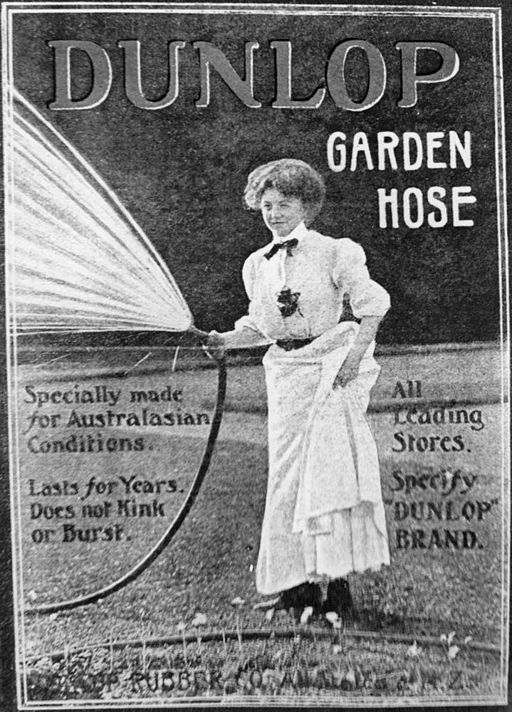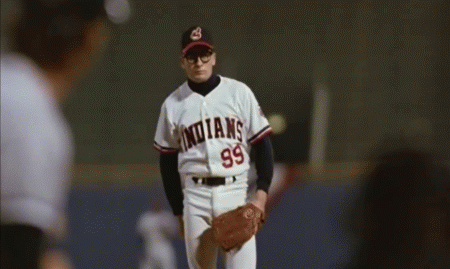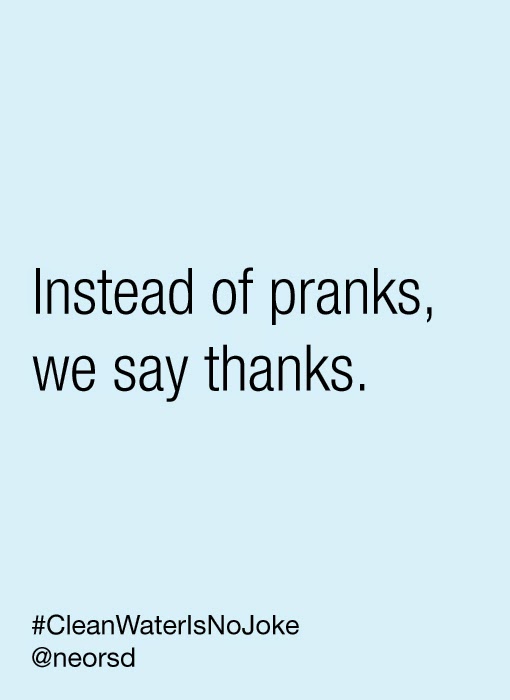Tuesday, April 22, 2014
LOOK: Wherever you are, look down. This could be happening under your feet right now.
Next time you see a manhole in the street, think about the work it took to build the system beneath it.
This picture from March helps tell some of that story.
PIC: Two eggs you should be glad you didn't get in your Easter basket
Maybe the Easter bunny knows we work on holidays.
Could these really be Easter eggs inside one of our treatment processes? Could they have survived the journey through the sewer system?
Christen Wood snapped this pic at our Southerly Wastewater Treatment Plant on Sunday. These are first-stage settling tanks that help separate our activated sludge (bacteria and other mostly organic material) from the incoming wastewater. The water flows over these weirs (the narrow walls where the eggs appear to be) and on to the lift station.
From the image, it's hard to tell if they really are eggs or just some other pastel-colored debris. In either case, it was a surprise on Easter. Said Christen, "I have no idea how they could have gotten there, but it did make me smile!"
Friday, April 18, 2014
VIDEO: "Police of the underworld," Vienna's sewer brigade of 1934
The city of Vienna once had a police squad specifically trained for sewer patrols.
This 1934 British newsreel showcases the "canal brigade" of Vienna, Austria, braving the bowels of the city, a common hiding place for criminals at the time.
Most interesting to us was the squad's frequency of finding "tramps," men who would walk the murky tunnels in search of coins and trinkets citizens would lose down the drain. But rather than arresting them or escorting them out, they were merely searched and regularly permitted to carry on.
This 1934 British newsreel showcases the "canal brigade" of Vienna, Austria, braving the bowels of the city, a common hiding place for criminals at the time.
Most interesting to us was the squad's frequency of finding "tramps," men who would walk the murky tunnels in search of coins and trinkets citizens would lose down the drain. But rather than arresting them or escorting them out, they were merely searched and regularly permitted to carry on.
...All being well, they are allowed to proceed with their very exclusive occupation.
Wednesday, April 16, 2014
#TBT: They don't make garden hose advertisements like this anymore.

In 1914, Australians apparently took their yard work very seriously.
This ad for Dunlop Garden Hoses as seen on Wikipedia takes us back to a different time in fashion. But it also reminds us of two points relevant today.
First, if you have a lawn or garden and water them regularly, consider rain barrels for water reuse.
Also, if you are a NEORSD customer and homeowner consuming more water in the summer for pools, washing cars, or other uses, you can sign up for our Summer Sprinkling program that may help you lower your bills.
And now, back to 1914:
You're welcome.
Tuesday, April 15, 2014
ENTERTAINMENT: #Watermen series will take reality TV to a new low, and it looks filthy.
Reality television is about to hit a new low: Sewers, and the team who keeps things flowing.
United Utilities—one of the UK's largest water and wastewater service providers—will star in a six-part documentary series called "Watermen: A dirty business" on BBC2 starting today.
Monday, April 14, 2014
Wedding at a wastewater treatment plant? Hyped headline, but points for creativity.
Oh for goodness sake.
A beautiful education center near a wastewater treatment plant mentions the phrase "wedding reception" and suddenly the media thinks they're inviting couples to say their nuptials waist-deep in poo.
See for yourself.
King County in Washington operates the Brightwater Center, an education complex and community gem available for outreach, training, and public events. When its Wastewater Treatment Division mentioned the center welcomes "your wedding reception or special event" in a Facebook post last week, local news took it and ran.
A beautiful education center near a wastewater treatment plant mentions the phrase "wedding reception" and suddenly the media thinks they're inviting couples to say their nuptials waist-deep in poo.
See for yourself.
King County in Washington operates the Brightwater Center, an education complex and community gem available for outreach, training, and public events. When its Wastewater Treatment Division mentioned the center welcomes "your wedding reception or special event" in a Facebook post last week, local news took it and ran.
Thursday, April 10, 2014
#SewerCoverCONTEST: A sewer manhole cover as a canvas? Your design could be worth $500 for local charity.
Next time you pass a manhole cover in the street, think of it as a cast-iron canvas and your design could last a lifetime.
As the Sewer District prepares new green infrastructure and Project Clean Lake construction, we are offering northeast Ohioans the chance to design the cast-iron manhole covers that will rest at the surface of some of these projects.
"The winning design will become a standard whenever new storm sewer manholes are included in Project Clean Lake construction," said Kellie Rotunno, Director of Engineering and Construction. We hope the contest and the winning design helps raise awareness about the connection between what goes in the storm drain and the health of our Great Lake.
Besides the winning design being impressed upon infrastructure that could last more than a generation, the artist will have a $500 donation made in his or her name to one of three local organizations—Community Shares, United Way or the UNCF.
Tuesday, April 8, 2014
HOME: A healthy environment starts at home, and it might start with these 33 tips.
If this is what it looks like under your kitchen sink, there has to be a better way. Better for you, better for our water, and better for the environment.
From eco-friendly cleaning solutions, to disposal tips for those trash items that don't belong on your curb, we have a handbook full of helpful information to protect our environment and make your home healthier.
Of the more than 30 tips, instructions and resources we highlight as you scroll or download the handbook below, here are just a few:
- Why you shouldn't pour fat or grease down your garbage disposal
- How to get rid of old outdated prescription medications safely
- Why fluorescent bulbs don't belong in your trash
- What do do with old motor oil, car batteries, or tires
- How to control your lawn or yard without chemicals
Saturday, April 5, 2014
VIDEO: Could this really be 1,000 miles of toilet paper?
Woah that's a lot of toilet paper.
It happened at a soccer match in Belgium.
While we have absolutely no idea how much toilet paper this actually is, let's make a few calculations and take a guess.
Let's say this was one corner of Cleveland Browns' First Energy Stadium, where the seating capacity is just over 78,000. This would be maybe 18,000 seats (again, let's just say).
An average roll of toilet paper holds almost 360 feet of toilet paper. If every one of these 18,000 fans tossed a roll, that would amount to more than 6.5 million feet of TP, or 1,240 miles. All cascading like a two-ply waterfall onto the field.
Not very sustainable, but wow does it look cool.
It happened at a soccer match in Belgium.
While we have absolutely no idea how much toilet paper this actually is, let's make a few calculations and take a guess.
Let's say this was one corner of Cleveland Browns' First Energy Stadium, where the seating capacity is just over 78,000. This would be maybe 18,000 seats (again, let's just say).
An average roll of toilet paper holds almost 360 feet of toilet paper. If every one of these 18,000 fans tossed a roll, that would amount to more than 6.5 million feet of TP, or 1,240 miles. All cascading like a two-ply waterfall onto the field.
Not very sustainable, but wow does it look cool.
Friday, April 4, 2014
BASEBALL: Burn on, big river. Burn on.
Cleveland, baseball, and Randy Newman are forever linked.
Ever since Major League hit the big screen in 1989, Newman's song "Burn on" (1972) has come to be synonymous with Cleveland, the Cleveland Indians, and the start of summer.
For us and our responsibility to protect Lake Erie, it means something more.
The song is based in part on the Cuyahoga River fire of 1969 and the awful state of our lake and river at the time. Just like the fictional Lou Brown's and Jake Taylor's Indians, the lake and river have made major improvements the region can be proud of.
Pollution may still be the New York Yankees of the challenges Lake Erie faces, but we do have a plan.
Wednesday, April 2, 2014
PHOTO: Eyes playing tricks? Why clean treated water looks darker on mobile maps
You never know what you'll find on Google Maps. Like an image that looks like a wastewater treatment plant spewing something unnatural into a Great Lake.
Robert saw this today and asked us:
We answered that this is actually clean water that is being released into Lake Erie from our Easterly plant in Cleveland, but you might not think that based on the image. So we asked Easterly Assistant Superintendent Andy Rossiter to explain.
Robert saw this today and asked us:
@neorsd hey what's this coming out of your plant? I'm sure it's safe for the fish And kids that swim in this lake pic.twitter.com/HraU5OuomA
— Robert Prendergast (@Bobby_Prender0) April 2, 2014
We answered that this is actually clean water that is being released into Lake Erie from our Easterly plant in Cleveland, but you might not think that based on the image. So we asked Easterly Assistant Superintendent Andy Rossiter to explain.
This is effluent, the clean water that has been treated at Easterly. The effluent appears darker than the surrounding water because it is clearer; you can see deeper into the water.Thanks, Andy, and thanks Robert for the good question. Have a question about sewers, our water resources, or what it takes to treat millions of gallons of sewage? Tweet us any time.
The surrounding lake water looks lighter because the particles in the water (which are closer to the surface) reflect the light back toward the camera.
INFOGRAPHIC: Could Captain America use a manhole cover as his shield?
 |
| It's not made of vibranium, but could a manhole cover keep Cap protected? Original Captain America rendering—without the manhole cover—by R. Meinerding. |
The latest Captain America movie is big news in Cleveland, and particularly big news with us at the Sewer District. So that led us to an obvious question:
Could a manhole cover stop a bullet?
Tuesday, April 1, 2014
PIC: This accidental image could not have been better.
Jerry Mach, one of our Sewer System Maintenance & Operation team members, needed to snap a photograph during a recent sewer inspection. When he did, he didn't realize he had accidentally changed the camera settings to black-and-white.
The awesome result is an eerie but revealing image of the infrastructure upon which most of our cities have been built. Thanks, Jerry, and thanks Susan for passing us the photo.
APRIL 1: Why we're not fooling today. #CleanWaterIsNoJoke
We live for potty puns. They help us make complex projects and overlooked services something relevant and interesting to many of you.
But on this April Fool's Day, we're stepping back to look at the big picture.
Hundreds of millions of Americans live with the comfort of clean water thanks to the work of water and wastewater treatment agencies every day, effort that is often only realized when there is a problem. We're proud that the service we provide has been so efficient that it can be taken for granted, and even joked about.
Today, take a moment to think seriously about the water flowing from your tap or down a drain and realize that clean water and sanitation is a resource many around the world don't have. We're not abandoning humor forever. Just for today.
And that's no joke.








